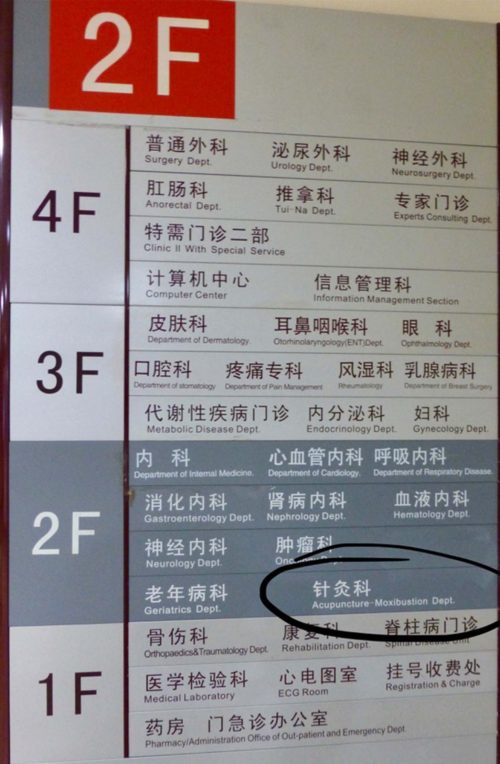Acupuncture and Pain Control
By: International Anesthesia Research Society (IARS)
Tests Show Measurable and Specific Effects of Acupuncture on Pain
Quantitative sensory testing is used clinically to help physicians understand specific injuries in nerve fibers associated with chronic pain. It includes tests of both thermal perception (heat and cold), and mechanical perception (pressure applied to the skin). The patterns of response provide diagnostic information in patients with nerve injury regarding the type of nerve involved and possible treatments.
Acupuncture actively stimulates “A delta” and “C” pain fibers, effectively reducing chronic pain, according to studies. Researchers confirm acupuncture’s modest effects, which lay the groundwork for exploring dramatic chronic pain relief. Skilled acupuncturists apply manual needling, high-frequency, and low-frequency stimulation to target pain points. All acupuncture methods, performed by experts, consistently alleviate pain at key acupuncture sites.
Dr. Dominik Irnich champions acupuncture’s scientific basis, highlighting contralateral needling’s remarkable pain relief. Contralateral acupuncture effectively reduces pain when injured skin or dressings block direct access.
Dr. Steven Shafer praises the study’s clear methodology, reinforcing acupuncture’s scientific credibility. Reproducible results from controlled studies will further validate acupuncture’s pain-relief mechanisms, Shafer notes. Quantitative sensory testing actively pinpoints nerves in pain transmission, guiding acupuncture research.
Acupuncture and Pain Control is a commonly used therapy in China and the West is also catching on.
Resources:
– SOURCE: Department of Anaesthesiology, Multidisciplinary Pain Center, University of Munich (LMU), Germany; and Department of Physical Medicine and Rehabilitation, Harvard Medical School, Boston, Massachusetts.
Copyright © 2010 International Anesthesia Research Society
http://www.anesthesia-analgesia.org/content/110/5/1448.full?sid=48e28115…
